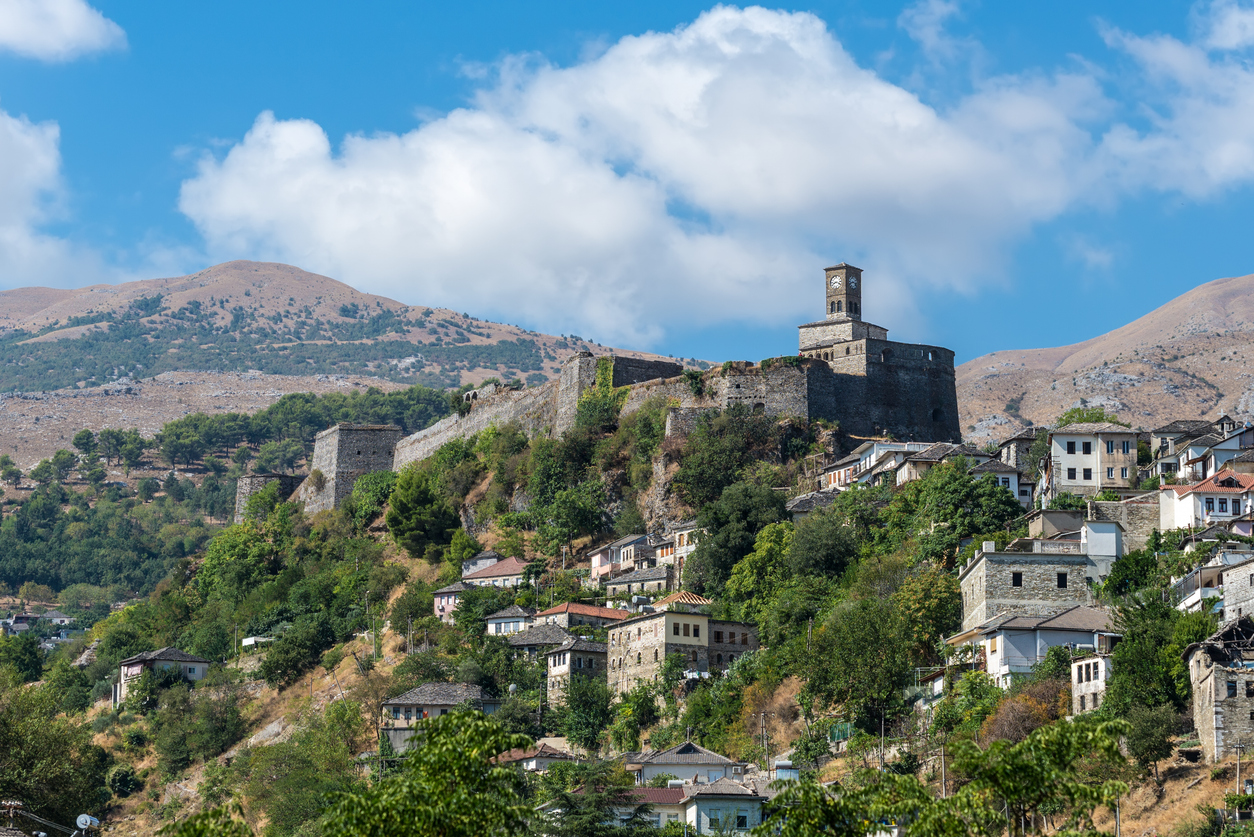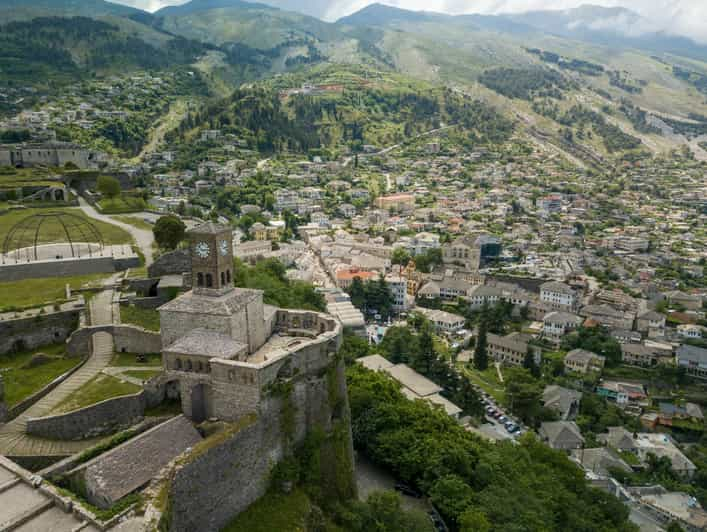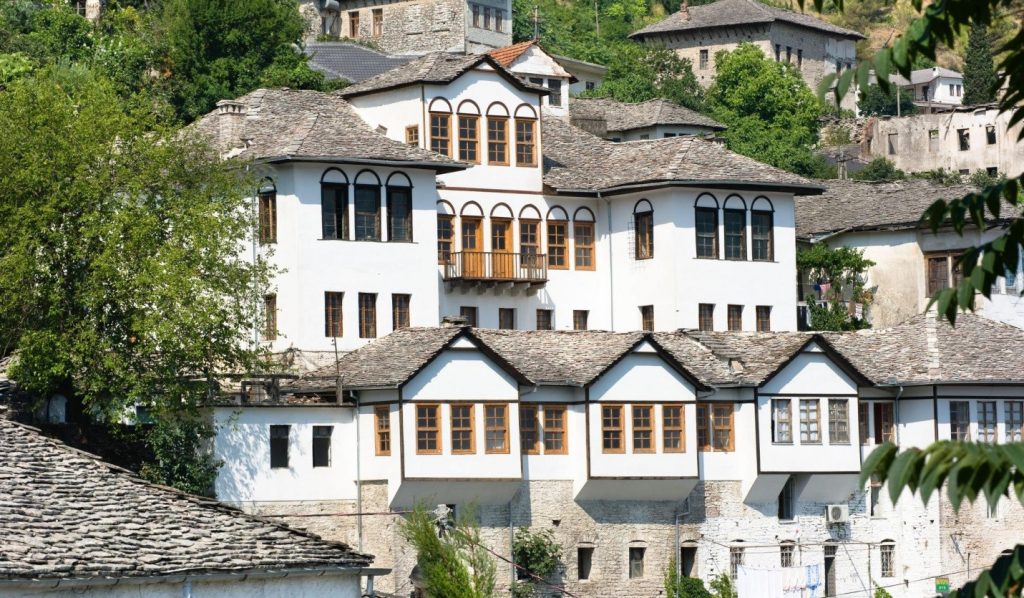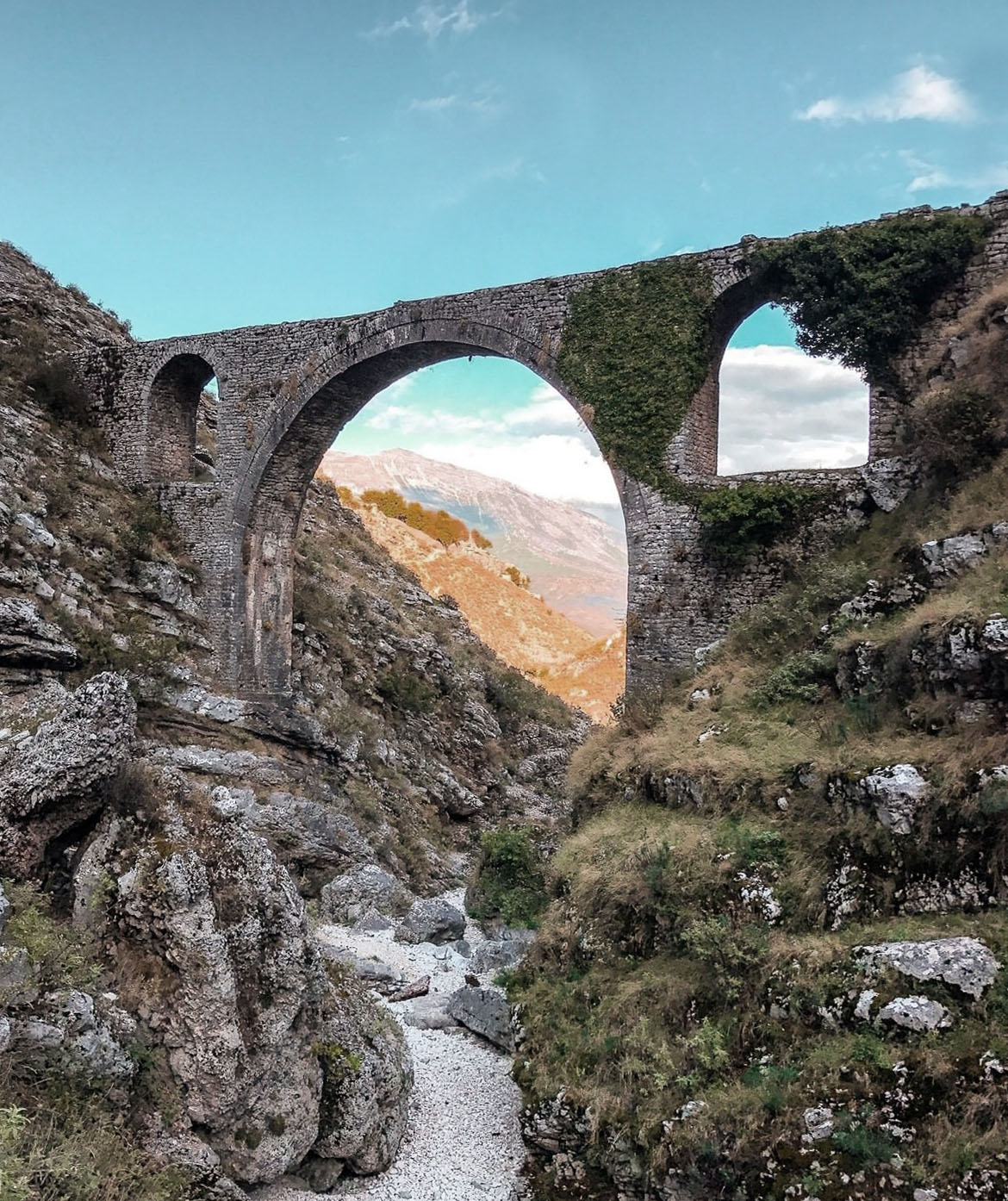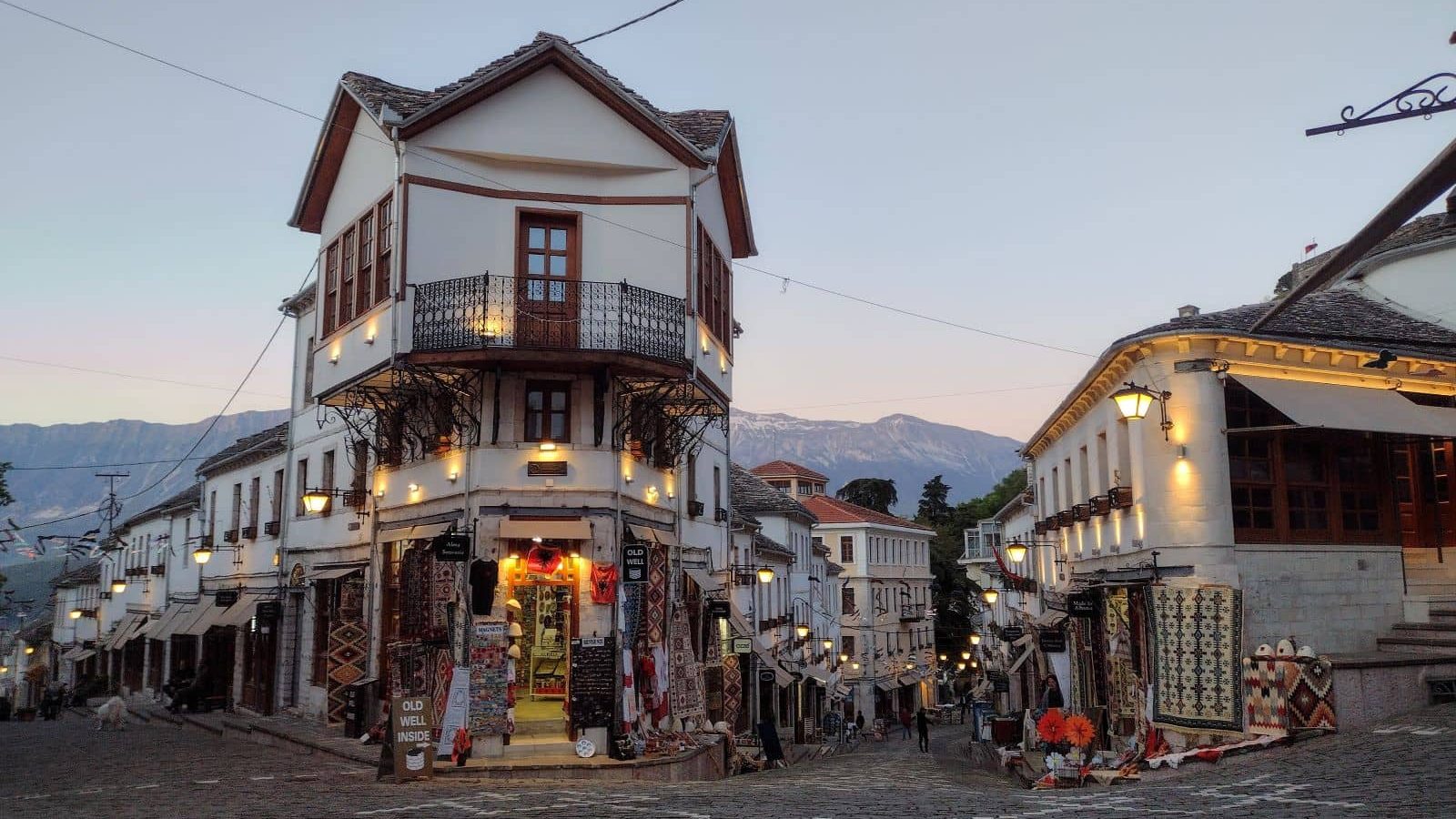
Key Takeaways
- Gjirokastër is known as the “Stone City” due to its unique Ottoman-era stone architecture (UNESCO World Heritage website, 2023).
- The city’s history spans from ancient Illyrian roots to Ottoman dominance, shaping its rich cultural landscape
- Situated in a mountainous and fertile region, Gjirokastër County boasts diverse landscapes ideal for agriculture and trade
- Designated a UNESCO World Heritage site in 2005, the city is a showcase of well-preserved Ottoman urban architecture (UNESCO World Heritage website, 2023).
- Culture thrives through folkloric traditions, music, and cuisine, embodying Albanian and Ottoman influences.
- Tourist highlights include Gjirokastër Castle, the Cold War Tunnel, and the historic bazaar, making it a compelling cultural destination.
Discovering the Stone City: Gjirokastër, Albania
*Gjirokastër*—affectionately called the “Stone City”—stands as a testament to Albania’s rich history and cultural resilience. This captivating destination in southern Albania is renowned for its *unique Ottoman-era architecture*, primarily its iconic stone houses that cascade down the hillside toward the valley (
UNESCO World Heritage website, 2023). Walking through its historic streets feels like stepping back in time, where every stone tells a story.
Geographic Overview of Gjirokastër County
Set in the heart of southern Albania, Gjirokastër County shares a border with Greece, making it a vital hub for *trade* and *cultural exchange*. The land is characterized by rugged mountains and lush valleys—ideal for agriculture, especially olive and grape cultivation, thanks to its Mediterranean climate. Towns like Libohovë, Memaliaj, and Përmet add to the region’s cultural mosaic, but Gjirokastër remains the main urban and economic hub, vital for the region’s development.
Historical Background
Gjirokastër’s roots stretch back to its Illyrian origins, but it gained prominence through its strategic importance during the Roman, Byzantine, and Ottoman eras. Its significance peaked during Ottoman rule, serving as a battleground and resistance hub, shaping the city’s resilient spirit. UNESCO’s recognition in 2005 further cemented its global cultural importance, encouraging preservation and boosting tourism (
UNESCO World Heritage website, 2023).
Cultural Significance
Gjirokastër’s cultural fabric is woven from *folklore*, *music*, and *tradition*. Legends and tales are passed down through generations, creating a mystique around the region . Music and dance balance Albanian and Ottoman influences, often performed during festivals and celebrations. The region’s cuisine, with dishes like
Pashaqofte, highlights the use of local ingredients and traditional flavors, reflecting centuries of culinary evolution.
Architecturally, the city is a museum—a perfect blend of fortified stone houses and majestic castles. The Gjirokastër Castle dominates the skyline, and notable buildings like the Skenduli House showcase craftsmanship that merges functionality with artistry.
Economy and Lifestyle in Gjirokastër County
The economy hinges on *agriculture*, *tourism*, and *craftsmanship*. Olive and grape farming sustain both local diets and export markets (
INSTAT, 2023), while artisans keep alive traditional crafts like woodworking and textiles. Gjirokastër City functions as the administrative and commercial heart, blending modern amenities with traditional customs .
Residents enjoy a lifestyle rooted in deep traditions, yet increasingly embracing modernity. The coexistence of old customs and new developments creates a unique social fabric that respects history while adapting to change.
Tourism Highlights
Major attractions include the medieval
Gjirokastër Castle, offering panoramic views and historical exhibits, and the
Cold War Tunnel, which provides a fascinating glimpse into Albania’s recent history . The old bazaar invites exploration of local crafts and flavors. Outdoor enthusiasts can hike in the
Drino Valley or in nearby Zagoria, surrounded by breathtaking natural beauty. Accessibility is facilitated by roads connecting to Albanian cities and the nearby Greek airport in Ioannina, making Gjirokastër an accessible cultural gem.
Conclusion
Gjirokastër County stands as a resilient monument to Albania’s historical and cultural journey. Its blend of ancient architecture, folklore, and natural beauty offers travelers an immersive experience into a region where past and present coexist harmoniously. Protecting its UNESCO World Heritage status ensures that future generations will continue to marvel at its stone houses and storied streets. If you seek a destination rich in history, culture, and scenic allure, Gjirokastër awaits to unveil its timeless charm—embrace its history, explore its streets, and discover its soul.
